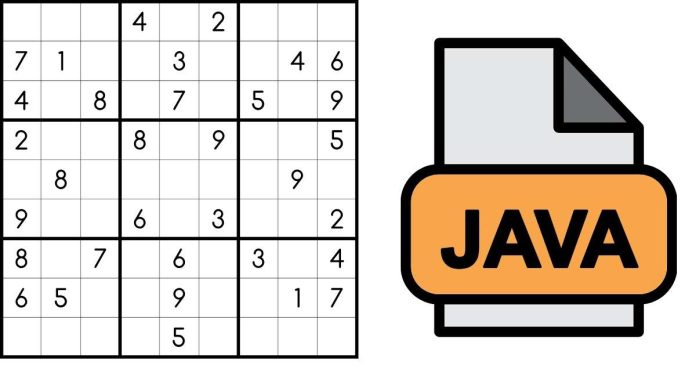Sudoku is a popular number-placement puzzle that challenges players to fill a 9×9 grid so that each row, column, and 3×3 sub-grid contains all the digits from 1 to 9. Writing a Sudoku game in Java can be a fun way to explore programming concepts like arrays, backtracking, and user input. This article will guide you through building a simple Sudoku game in Java.
Steps to Create a Sudoku Game in Java
Understand the Basics of Sudoku
-
- A Sudoku grid is a 9×9 board divided into nine 3×3 sub-grids.
- The goal is to fill the board such that:
- Each row contains the digits 1 to 9 without repetition.
- Each column contains the digits 1 to 9 without repetition.
- Each 3×3 sub-grid contains the digits 1 to 9 without repetition.
- Some cells are pre-filled with numbers to help players get started.
Set Up the Java Environment
-
- Use an Integrated Development Environment (IDE) like IntelliJ IDEA, Eclipse, or VS Code.
- Create a new Java project and add a
SudokuGameclass.
Create the Data Structure Use a 2D array to represent the Sudoku grid. Each element in the array represents a cell on the board.
Here, 0 represents an empty cell.
Display the Sudoku Board Write a method to print the Sudoku grid to the console.
Add a Validation Method To ensure a valid Sudoku board, write a method to check whether a number can be placed in a specific cell.
Implement the Solver (Backtracking Algorithm) Use a backtracking algorithm to solve the Sudoku puzzle programmatically.
Add a Main Method to Run the Game Finally, write a main method to initialize the game, display the board, and solve the puzzle.
How It Works
- The
printBoardmethod displays the grid before and after solving. - The
isValidmethod ensures that numbers are placed according to Sudoku rules. - The
solveSudokumethod uses backtracking to fill empty cells and find a solution.
Output Example
Initial Sudoku Board
Solved Sudoku Board
This article demonstrates how to create and solve a Sudoku game in Java using a 2D array, validation rules, and a backtracking algorithm. You can extend this program by adding features like user input, graphical interfaces, or generating new puzzles dynamically. Happy coding!


